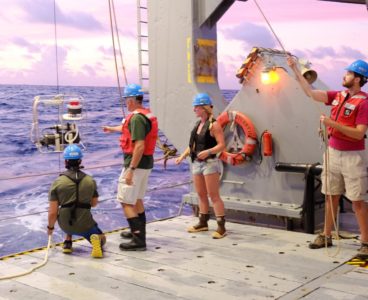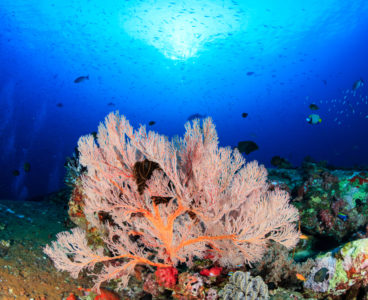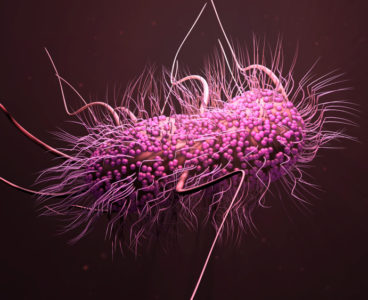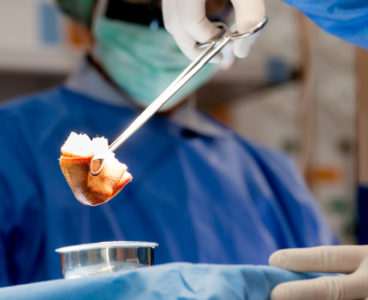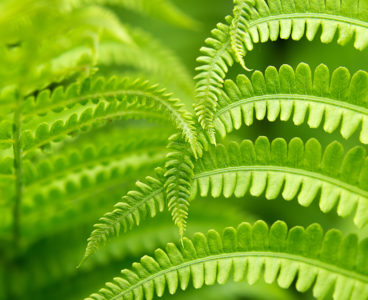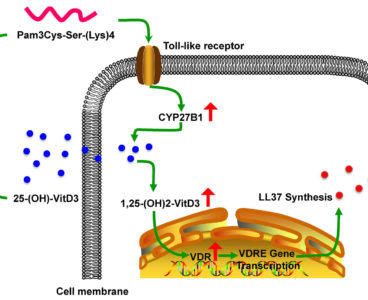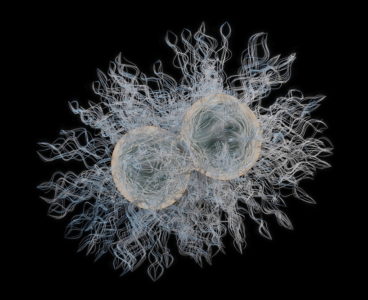To assess differences and trends in personal chemical exposure, Oregon State University researchers deployed chemical-sampling wristbands to individuals on three continents. After they analyzed the wristbands that were returned, they found that no two wristbands had identical chemical detections. But the same 14 chemicals were detected in more than 50 percent of the wristbands returned…
Discovery of Parasitic Arsenic Cycle May Offer Glimpse of Life in Future, Warmer Oceans
A newly discovered parasitic cycle, in which ocean bacteria keep phytoplankton on an energy-sapping treadmill of nutrient detoxification, may offer a preview of what further ocean warming will bring. The research, conducted by Oregon State University scientists in the Sargasso Sea near Bermuda, also may explain how the bacteria, SAR11, came to be so prolific.…
Proton Transport ‘Highway’ May Pave Way to Better High-Power Batteries
‘Silent Slip’ Along Fault Line Serves as Prelude to Big Earthquakes, Research Suggests
Corals and Their Microbiomes Evolved Together
OSU Researchers Propose CRISPR as Influencer of Low Genetic Diversity in Deadly Bacteria
Research Finds Quakes can Systematically Trigger Other Ones on Opposite Side of Earth
Study: Reducing Carbon Emissions Will Limit Sea Level Rise
Nanofiber-Based Wound Dressings Induce Production of Antimicrobial Peptide
Nanofiber-Based Wound Dressings Induce Production of Antimicrobial Peptide
Scientists Use Hydrophone to Listen in on Methane Seeps in Ocean
Fungi-Produced Pigment Used in Semiconductor Material
Researchers at Oregon State University are looking at a highly durable organic pigment, used by humans in artwork for hundreds of years, as a promising possibility as a semiconductor material. Findings suggest it could become a sustainable, low-cost, easily fabricated alternative to silicon in electronic or optoelectronic applications where the high-performance capabilities of silicon aren’t…
Major Therapeutic Advancement for Diabetics
Transparent transistors fabricated onto the sharp curves of a tiny glass tube are paving the way toward a therapeutic advance for the nearly 10 percent of the U.S. population who have diabetes. The nanotechnology advance by Oregon State University researchers is a key step toward an artificial pancreas: a catheter that can detect blood sugar…
Researchers Use ‘Environmental DNA’ to Identify Killer Whales in Puget Sound
When endangered killer whales swim through the sheltered waters of Puget Sound, they leave behind traces of “environmental DNA” that researchers can detect as much as two hours later, a new study has found. The findings, published today in the journal Frontiers, are surprising and significant. They not only provide a new non-invasive way to…
Extreme Climate Variability Destabilizing West Coast Ecosystems
Special Delivery Thanks to Cell-Penetrating “Nanodrills”
Researchers at Oregon State University and Oregon Health & Science University have created new nanomaterials able to cross cell membranes, establishing a novel platform for the intracellular delivery of molecular drugs and other cargo. The researchers explored how to tune the size, shape and morphology of materials known as cell-penetrating self-assembling peptide nanomaterials, or CSPNs.…
Molecular Motor Mystery Solved: Novel Protein Rounds out Plant Cells’ Machinery
Zebrafish Study Provides New Insights into Autism Spectrum Disorder Research
Researchers Build the World’s Smallest Electro-Optic Modulator
Study Finds Body Size of Marine Plankton, Currents Keys to Dispersal in Ocean
Fluorescent Nanomedicine Kills Surgery-Resistant Cancer Cells
Oregon State University scientists have developed a nanomedicine platform for cancer that can help doctors know which tissue to cut out as well as kill any malignant cells that can’t be surgically removed. The platform allows for greater precision and thoroughness in cancer treatment. Here’s how it works: Nanoparticles tightly loaded with a dye compound…
Nano-Fiber Sutures Promote Production of Infection-Thwarting Peptide
Loading nanofiber sutures with vitamin D induces the production of an infection-fighting peptide, new research shows. The discovery could represent an important advance in the prevention of surgical site infections, a multibillion-dollar challenge each year in the United States alone. A collaboration that included Adrian Gombart of the Linus Pauling Institute at Oregon State University…
Nanofiber Sutures Boost Production of Infection-Fighting Peptide
Loading nanofiber sutures with vitamin D induces the production of an infection-fighting peptide, new research shows. The discovery could represent an important advance in the prevention of surgical site infections, a multibillion-dollar challenge each year in the United States alone. A collaboration that included Adrian Gombart of the Linus Pauling Institute at Oregon State University…
Sunlight and the Right Microbes Convert Arctic Carbon into Carbon Dioxide
Nearly half of the organic carbon stored in soil around the world is contained in Arctic permafrost, which has experienced rapid melting, and that organic material could be converted to greenhouse gases that would exacerbate global warming. When permafrost thaws, microbial consumption of those carbon reserves produces carbon dioxide – much of which eventually winds…

